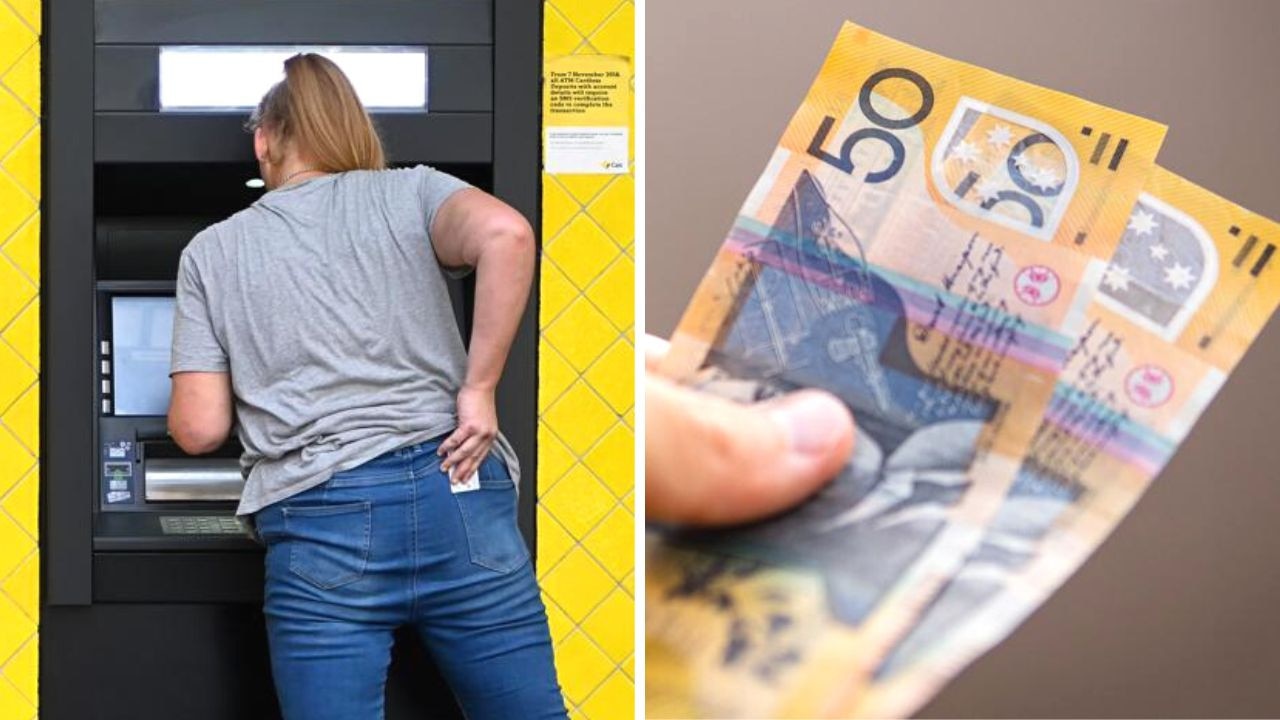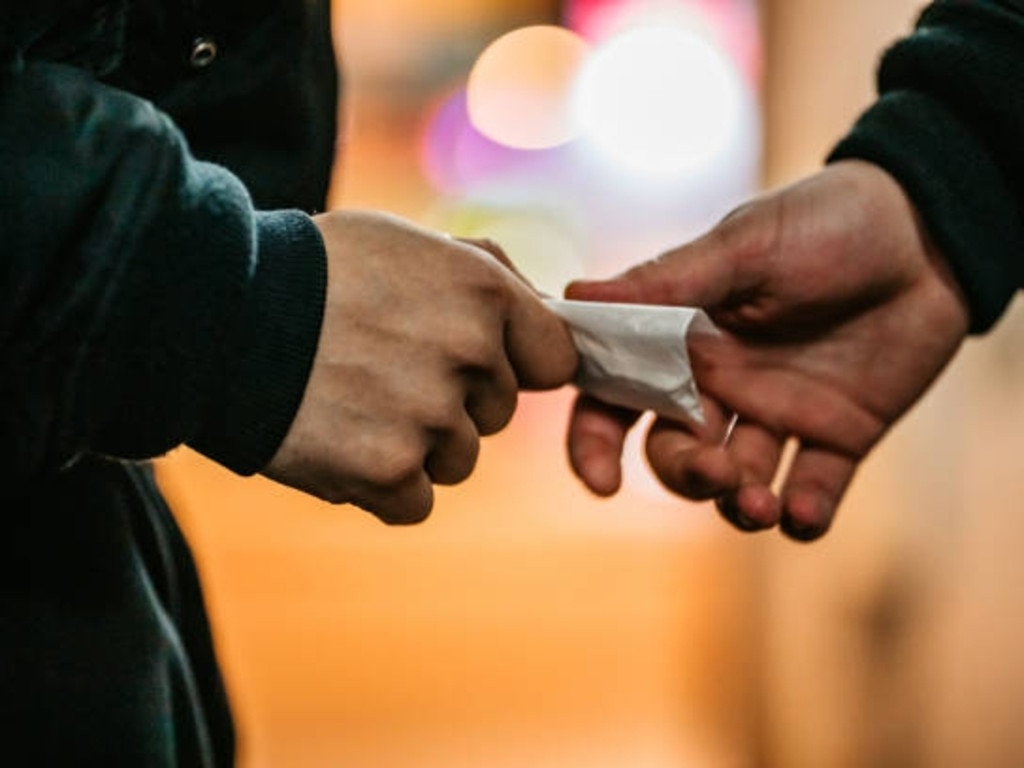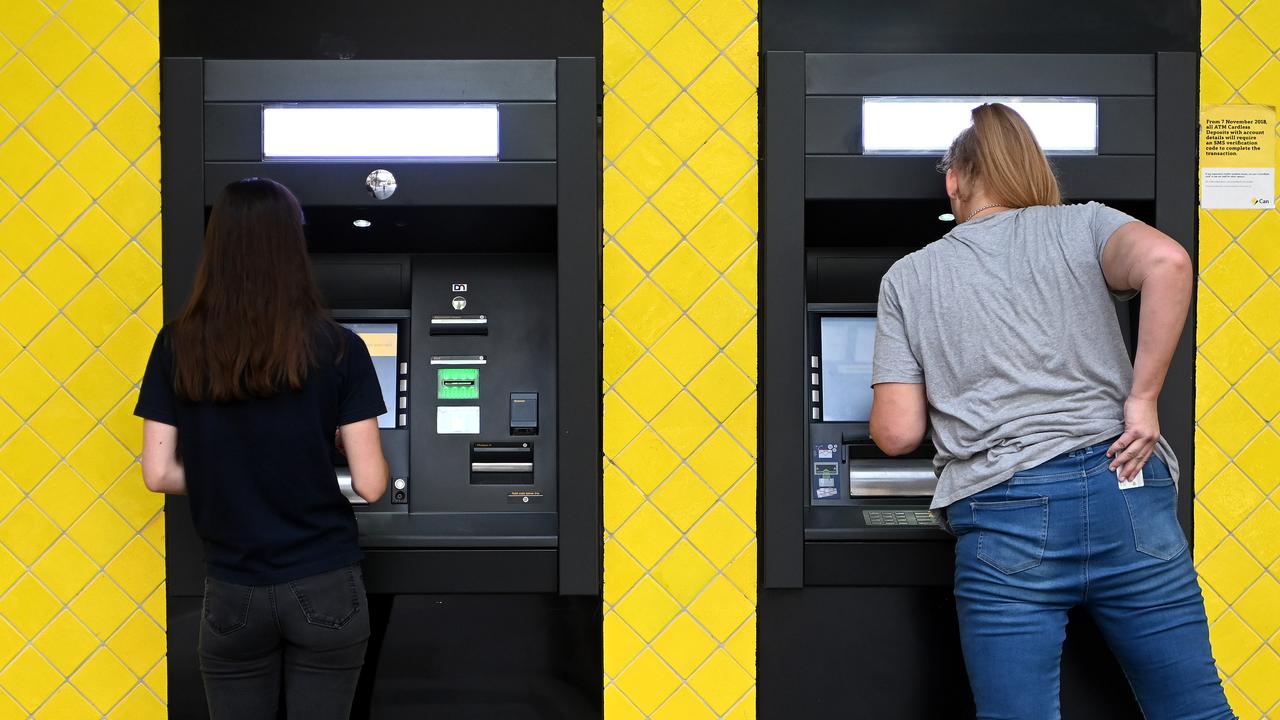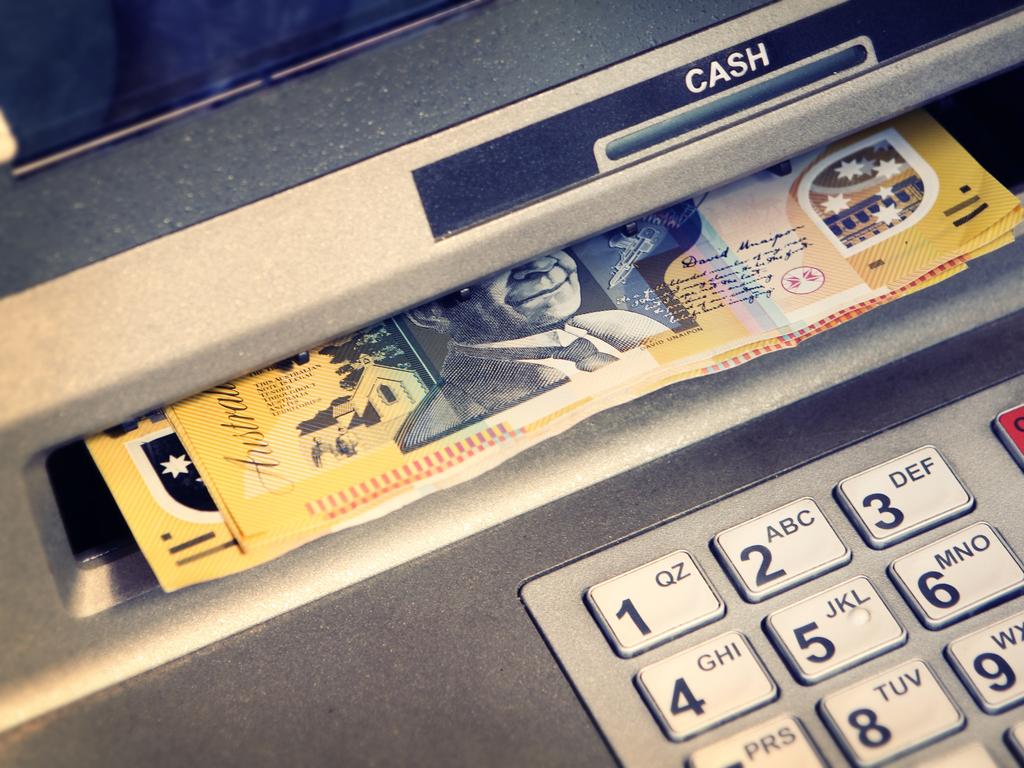There’s a wild reason young Australians are still getting cash out
Young Aussies famously like to be cashless – but there’s one wild reason the younger generations are even still using ATMs.

“Cash or card?”
This has become a redundant question to ask a young Australian. Generation Z has failed to embrace physical money; instead, they opt to pay for everything by card or online.
Well, almost everything.
It turns out there is one big reason many young Aussies are still diligently using cash – and it’s illegal.
Marty* is in his early 20s and he explained that cash would be obsolete in his life if it weren’t for his recreational drug use.
“I use cash for drugs. Otherwise, I haven’t used cash for five years,” he told news.com.au on the condition of anonymity.
Marty’s life is so cashless he doesn’t even have a wallet. Instead, he pays for things via his debit card that is linked to his phone.
“All my mates use cash for drugs,” he explained.
Interestingly, Marty says this is the only reason some of his mates even know how to use an ATM.
“Everyone I know has at least taken out money to buy weed or coke,” he revealed.

Jake* is in his early 30s and, although he is a millennial, the story is the same.
“I only use cash when I want to buy drugs and it’s the same for my friends,” he revealed.
Jake doesn’t see a reason to use cash in his everyday life, although he occasionally misses it.
“I do get sad when I can’t pay the window washing people at lights,” he said.
There’s no denying that illicit drug use is common in young people.
The Australian Government’s Institute of Health and Welfare found in 2019 that 24 per cent of young people aged between 14-24 had engaged in an illicit use of drugs in the previous 12 months.
You can’t tap and go from a local drug dealer and this is forcing young people that take drugs to still interact with cash.
So, is there any other reason young people use cash?
Yes, but there aren’t many occasions that cause young Australians to head to an ATM.
I did a call-out on my Instagram and asked my peers if there was any reason they still used cold hard cash and the reactions were limited.
Facebook marketplace, poker machines, wedding cash gifts and drugs were the only things mentioned.
Cash seems solely reserved for purchases people still want off the books.

Australian economist Saul Eslake explained: “Cards leave a paper trail and it’s convenient for honest taxpayers and for dishonest taxpayer’s inconvenient.”
While Generation Z might still want to use cash for discretion when it is required, they haven’t embraced cash as a whole. Even Millennials have failed to use physical money like their Boomer parents.
Graham Cooke, head of consumer research at Finder told news.com.au that “cash is dead”.
“A society where you can conduct 95 per cent of your transactions without cash, or even a wallet, especially if you’re young, is as close to a cashless society as matters,” he said.
ATM usage has declined rapidly since 2008 and Finder revealed that if the downward trend continues we could see ATMs disappear by about 2030.
You have to be born between 1997 and 2013 to be considered part of Generation Z, and 2008 was when the eldest of that generation were becoming fully-fledged adults.
The number of ATMs across Australia has halved since 2017.
There were 13,814 ATMs in Australia in 2017 and by 2022 there was just over 6000. It is getting harder and harder to secure cash easily.

However, despite young Aussies still leaning on cash for their illicit activities, the trend is showing society as a whole definitely isn’t embracing cash like we used to.
“It is a kick-on from Covid when people didn’t want to use it and has accelerated from the cashless movement,” Mr Eslake explained.
Even so, while younger Aussies are more cashless than older generations, it appears most people are not ready for a fully cashless society.
When Cairns Regional Council rolled out a no-cash policy at all council facilities back in July 2022 it caused a huge local uproar.
The move meant payments at places such as libraries, transfer stations and a buy-back shop could only be made electronically, with cash payments refused by staff.
One local collected more than 5000 signatures for an online petition calling on the council to reverse its policy, arguing the changes were “not widely accepted by the majority”.
Cash-loving Aussies need not fear though, as the wider use of physical money won’t be going anywhere anytime soon.
One billion new banknotes have been printed in Australia since 2018, according to Reserve Bank of Australia data.
The RBA’s 2022 annual report shows Note Printing Australia (NPA), the bank’s printing subsidiary which manufactures our polymer banknotes, delivered 431m Australian banknotes in the 2021/2022 financial year.
Of those, 40 million were $5 notes, 14 million were $20 notes, 221 million $50 notes, and 156 million $100 notes.
* Names have been changed to protect anonymity






